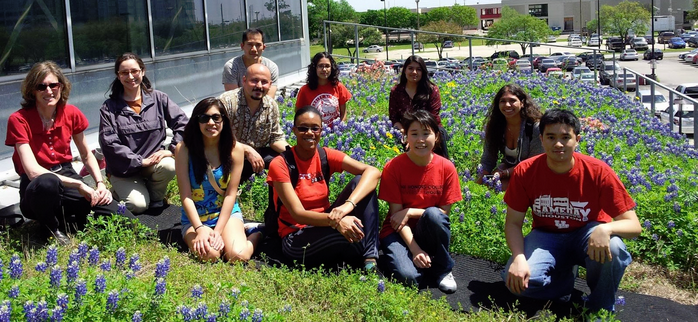Now that about two months have passed since the last plant sale, we can examine the growth of leftover plants and see how well they grow, and whether they meet or exceed expectations according to their respective plant catalogs. For now, there will just be a text description, with pictures coming in a few days.
Vegetables
Red Robin Tomato and Sweet'N'Neat Tomato are similar enough in appearance that if mislabeled, or not labeled at all, you can't really tell which is which. However, Red Robin did grow worse than Sweet'N'Neat, with less vigor once planted, which unfortunately happened in mid- to late May. The latter tomato does have mediocre flavor, even the yellow variety.
 |
| Sweet'N'Neat, probably red variety. Tomatoes are still forming. |
Sweet Pickle Pepper, as usual, continues to perform well, producing many cute sweet peppers even under hot, outdoor conditions and in small pots.
 |
| These plants are in 4" pots. |
The one Thai Hot Pepper that I have at home has grown to over 16" in height, double the original estimate. This may be because it grew too tall to begin with. It has begun to produce searing hot peppers prolifically, and is definitely a good plant to consider again for next year. The picture below shows the Thai Hot Pepper as compared to the Redskin Pepper plant.
Now for the small bell peppers. The Yellow Mini Bell pepper that I took home grew slowly and never produced any fruit, until it was demolished by a fungal disease over two days in the beginning of June. The Redskin peppers, of which I had several, began to produce right out of the pot. All the plants produced at least one 3"- 4" pepper before being transplanted. Ideally they should have all been repotted much earlier than June, but one was potted up in April into a 3-gallon pot. After a slow start, it is now thriving, producing several small bells, even in this heat. The plant is barely a foot tall and a foot wide.
Herbs
My one Aristotle Basil has grown into a delightful ball of herb. Its leaves are smaller than any basils I've grown, including Spicy Globe Basil. Medinette Basil, placed into a 2-gallon azalea pot, is growing well and indeed began to flower somewhat later than Dolly Basil. It's gotten to about 1.5 feet tall by 8" wide. Here's another size comparison, along with an individual picture of the Aristotle Basil.

Notice in the comparison picture that the pot on the left is 1.5 gallons, and the one on the right is 2 gallons. Of the two, Aristotle Basil is better for cooking, while the Medinette Basil can be made into enough pesto for 2 - 3 servings of spaghetti.
Five Spicy Globe Basil plants were finally just repotted, into a wide, shallow container, and are growing well despite the heat.
The Curled Parsley all died, except for a few in the greenhouse. Ditto for the lemon basil, unfortunately.
Dolly Basil was planted late, so has already begun to flower. It is a large producer, but is still too small to compare to a mature Genovese Basil bush, which can get to 3.5 feet tall and 1.5 feet wide. Here, two plants are in a 10-gallon pot.
 |
| The petunias were not the right color. |










































